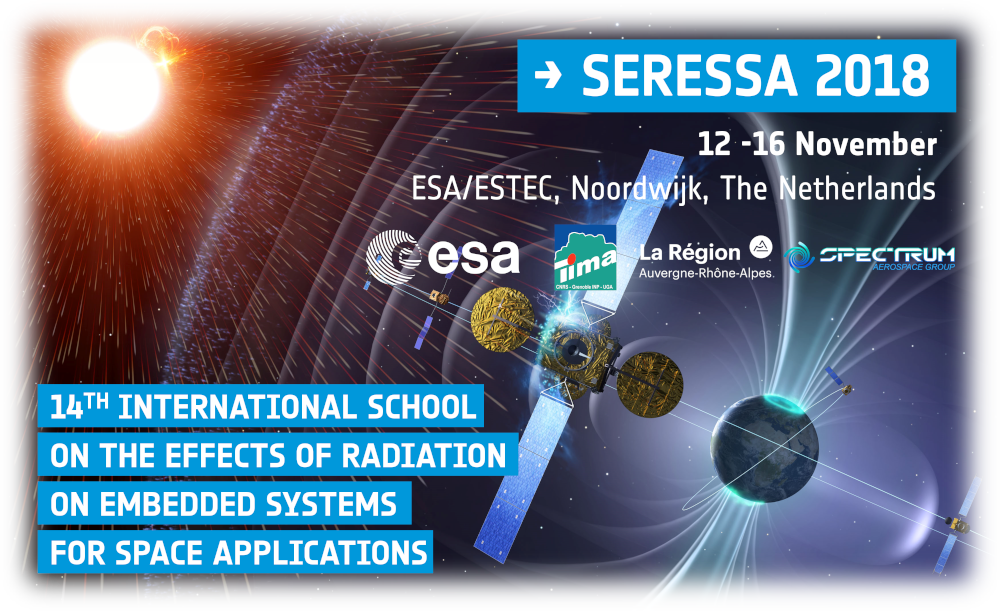Speaker
Description
Abstract: Silicon On Insulator (SOI) technology has already improved immunity to Single Event Effects (SEE) thanks to the presence of the Buried Oxide (BOX). However, this technology remain very sensitive to the Total Ionizing Dose (TID) [1]. In recent works, we have integrated micro-heaters in the close vicinity of Partially-Depleted (PD) Metal-Oxide-Semiconductor Field-Effect Transistors (MOSFETs), in order to study the possibility of in-situ thermal annealing to recover from TID-induced degradations [2]. A complete recovery by in-situ thermal annealing was demonstrated, after the exposure to high doses of gamma and proton radiations[1, 3]. The bulk etching technique used to perform the membrane, possibly alters the typical MOSEFET’s behaviour. In this paper, we use 2D Atlas simulations as well as Mentor Graphics ELDO simulations of the xfab XI10 1µm technology in order to confirm the experimentally observed trends. The simulated I-V characteristics were compared to the experimental measurements of the suspended PD SOI MOSFET.
[1] Amor S, André N, Kilchytska V, Tounsi F, Mezghani B, Gérard P, et al. In-situ thermal annealing of on-membrane silicon-on-insulator semiconductor-based devices after high gamma dose irradiation. Nanotechnology. 28(18):184001; 2017.
[2] Amor S, André N, Gérard P, Ali S, Udrea F, Tounsi F, et al. Reliable characteristics and stabilization of on-membrane SOI MOSFET-based components heated up to 335 C. Semiconductor Science and Technology. 32(1):014001; 2016.
[3] Francis LA, Sedki A, André N, Kilchytska V, Gérard P, Ali Z, et al., editors. A Low-Power and In Situ Annealing Technique for the Recovery of Active Devices After Proton Irradiation. EPJ Web of Conferences; 2018: EDP Sciences; 170.

